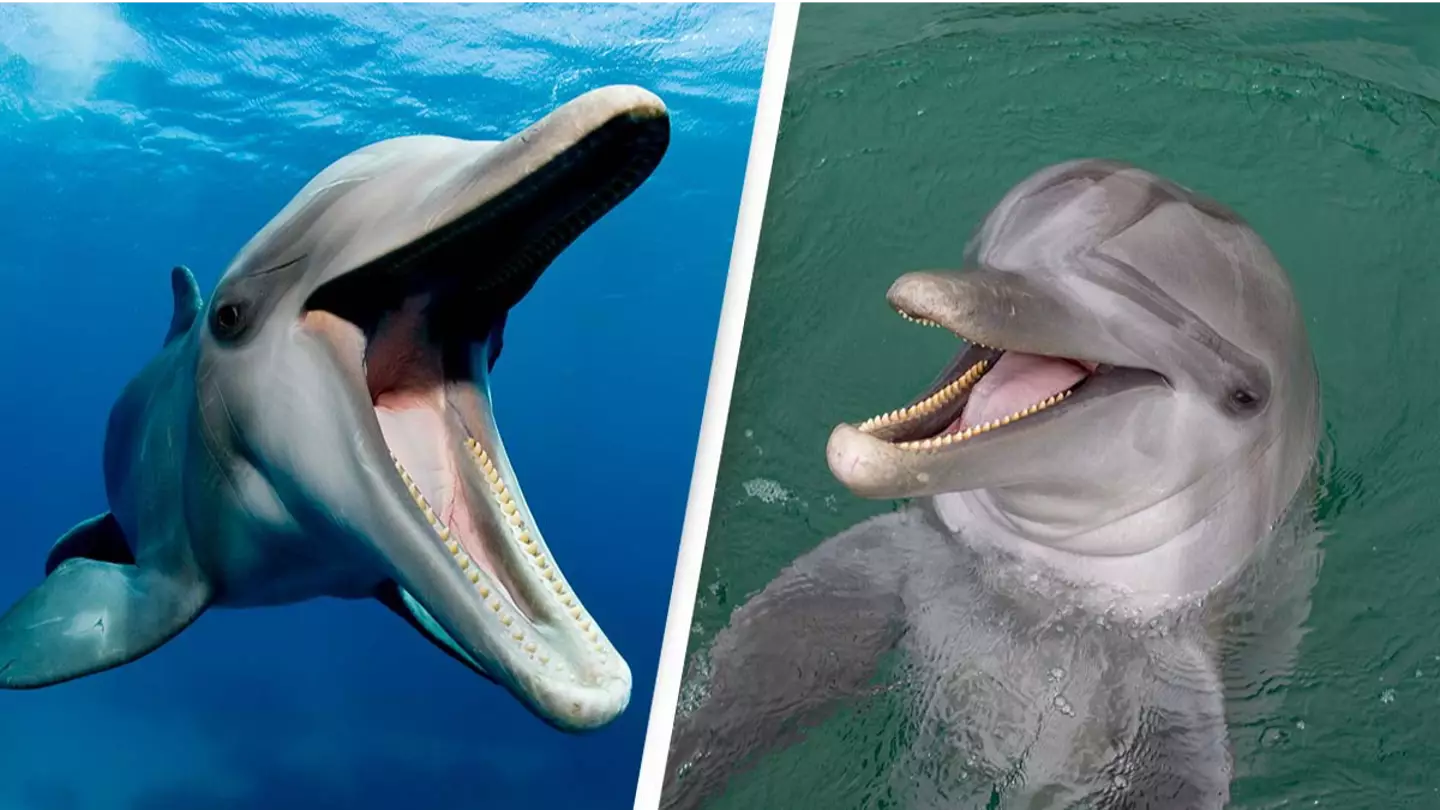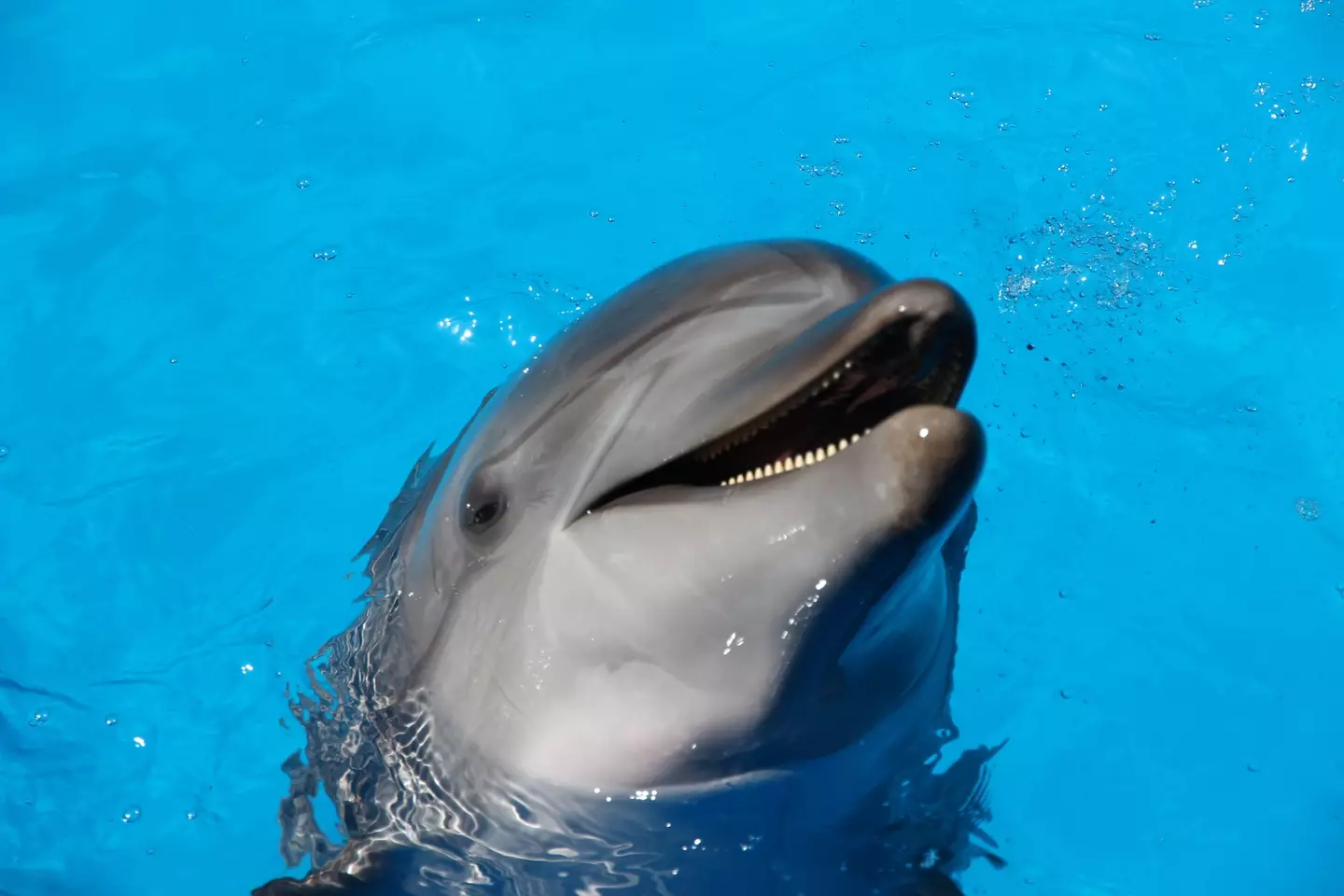
Bottlenose dolphins are famed for their incredible intelligence, but did you know they have a 'seventh sense'?
They're one of the most well-studied marine animals in the world, but scientists have only recently discovered the bottlenose dolphins' superpower seventh sense.
Dolphins have a line of sensitive pores on their snouts - known as vibrissal crypts - and they are rich in nerve endings, making them extremely sensitive.
In 2022, a study found that the holes allow them to detect weak electric fields in water.
Advert
However, scientists had no idea just how weak those fields could be. That is, until now.

In an experiment held on two captive dolphins by researchers at the University of Rostock and Nuremberg Zoo in Germany, the dolphins — Dolly and Donna — were trained to rest their snouts against a metal bar with electrodes in the water.
Once the dolphins were situated, they would be provided with a randomly generated stimulus.
Advert
This included either an electrical stimulus or nothing at all.
If the dolphins sensed something, they were trained to swim away from the bar.
However, if they sensed nothing, they stayed in the same spot.
Correct detections of an electric field were rewarded with fish.
Advert
The experiment showed that the dolphins could use the holes on their snouts to sense electric fields as weak as 2.4 and 5.5 microvolts per centimeter.
The researchers found that while dolphins are not as sensitive to electric fields as sharks and rays, they are capable of similarly using electroreception to detect weak electric fields from the bodies of their prey when hunting.

Advert
Lead researcher, Guido Dehnhardt, said: "The sensitivity to weak electric fields helps a dolphin search for fish hidden in sediment over the last few centimetres before snapping them up."
He also believes that dolphins' ability to sense electricity can help them in other instances, such as orientating themselves in relation to the Earth’s magnetic field.
And the revelations about dolphins didn't end there, as scientists have also recently discovered the first-ever dolphin with 'thumbs'.
Photographs released of a rather strange-looking dolphin show hook-shaped 'thumbs' carved out of its flippers.
Advert
Alexandros Frantzis, the scientific coordinator and president of the Pelagos Cetacean Research Institute who took the photos, said: "It was the very first time we saw this surprising flipper morphology in 30 years of surveys in the open sea and also in studies while monitoring all the stranded dolphins along the coasts of Greece for 30 years."
And, with dolphins being virtually on par with humans in terms 'planetary dominance' according to a 2017 study, we can only hope that the researchers were right when they said the thumbs aren't opposable.
